when the elements used on one side of the design are similar to those on the other side

symmetrical balance
the repeating of an object or symbol all over a work of art

pattern
the light reflected off of objects
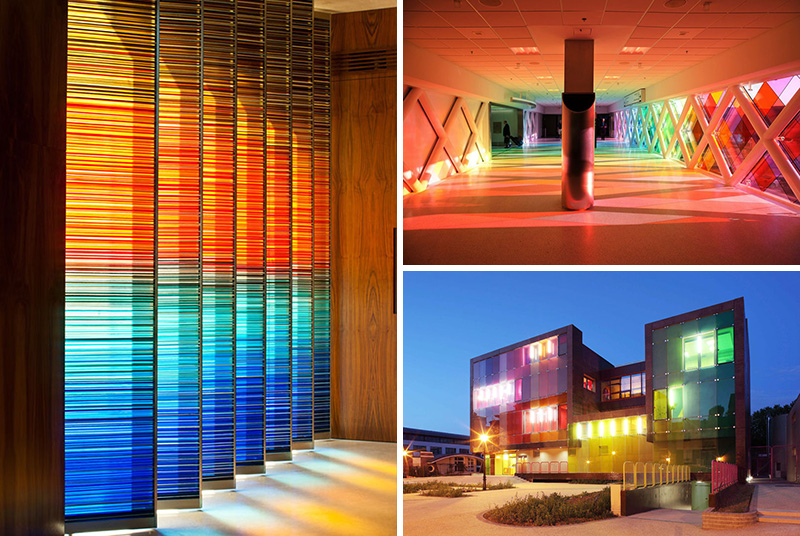
color
an objects surface quality that can be seen and felt (i.e.: smooth, rough, hard, sharp, etc.)

texture
purple, green, and orange; the colors made when mixing two primary colors
when the sides of a building are different but still look balanced

asymmetrical balance
the size of objects in relation to other objects
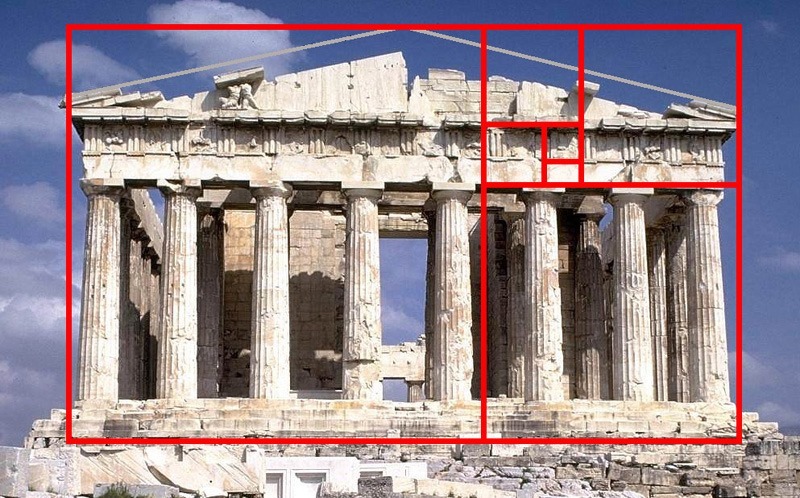
proportion
three-dimensional shapes that express length, width, and depth

form
the name of a color (blue, green, red, orange, etc)

hue
colors made when mixing a primary and secondary color that are next to each-other on the color wheel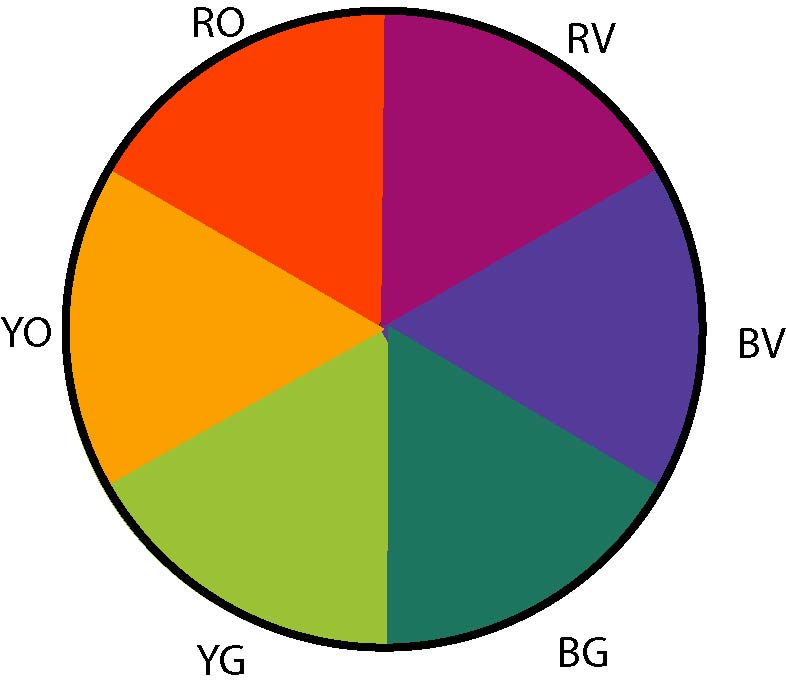
intermediate colors / tertiary colors
when an element is arranged around a central point

radial balance
the repeating of design elements in a work of art; makes the art seem active

repetition
a mark with a greater length than width
line
how light or dark a color is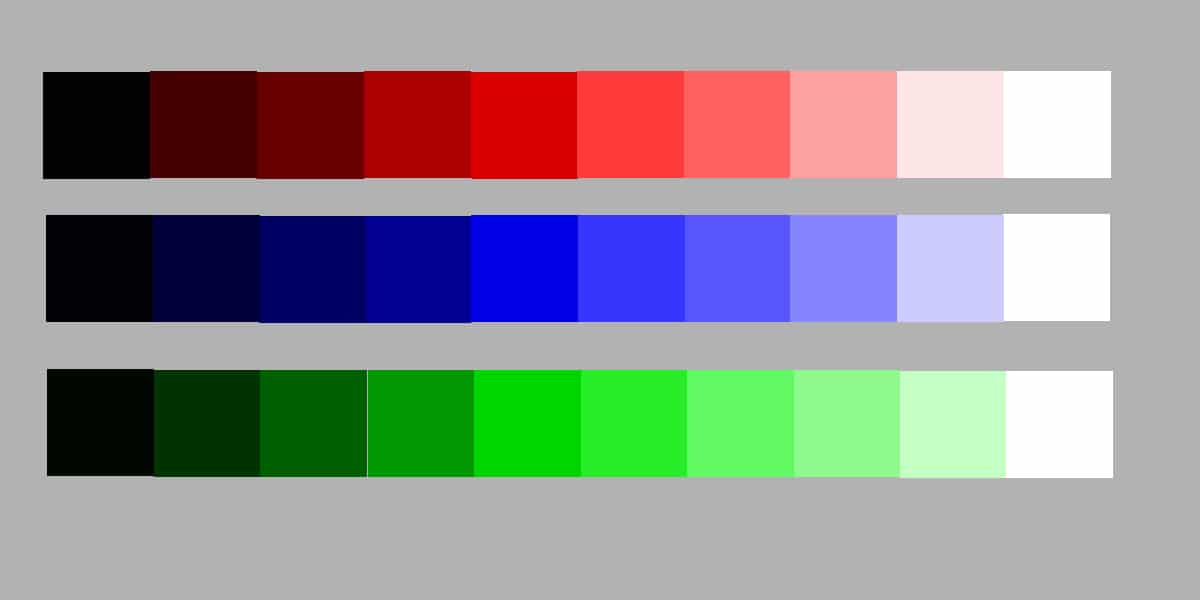
value
two colors that are on opposite sides of the color wheel
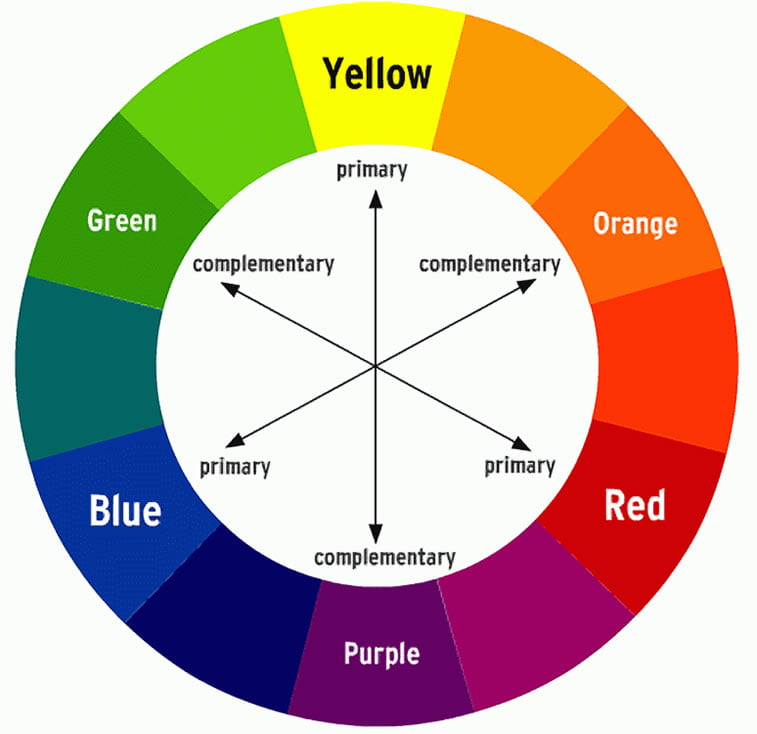
complementary colors
part of a design that catches the viewers attention/stands out

emphasis
this is when one or more elements of design are used repeatedly to create a feeling of organized movement
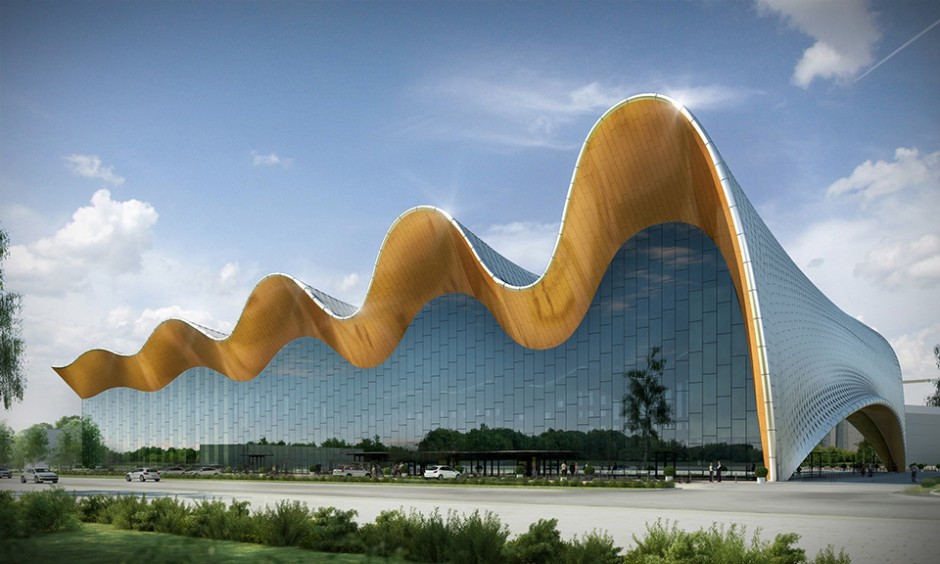
rhythm
a closed line; can be geometric or organic

shape
how bright or dull a color is
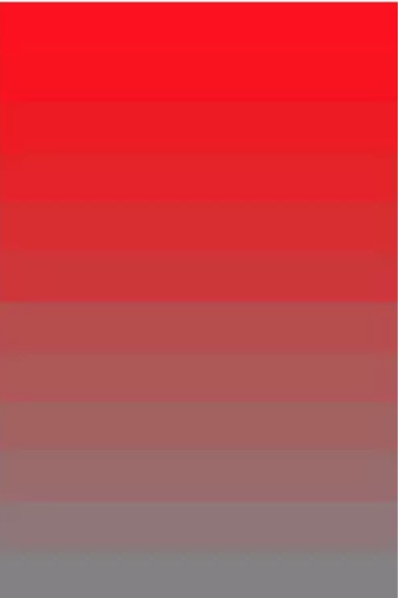
intensity
the path that the viewer’s eye takes through a work of art, usually towards focal areas
movement
the feeling of harmony in all parts of a work of art; gives a sense of completeness

unity
area between or around objects
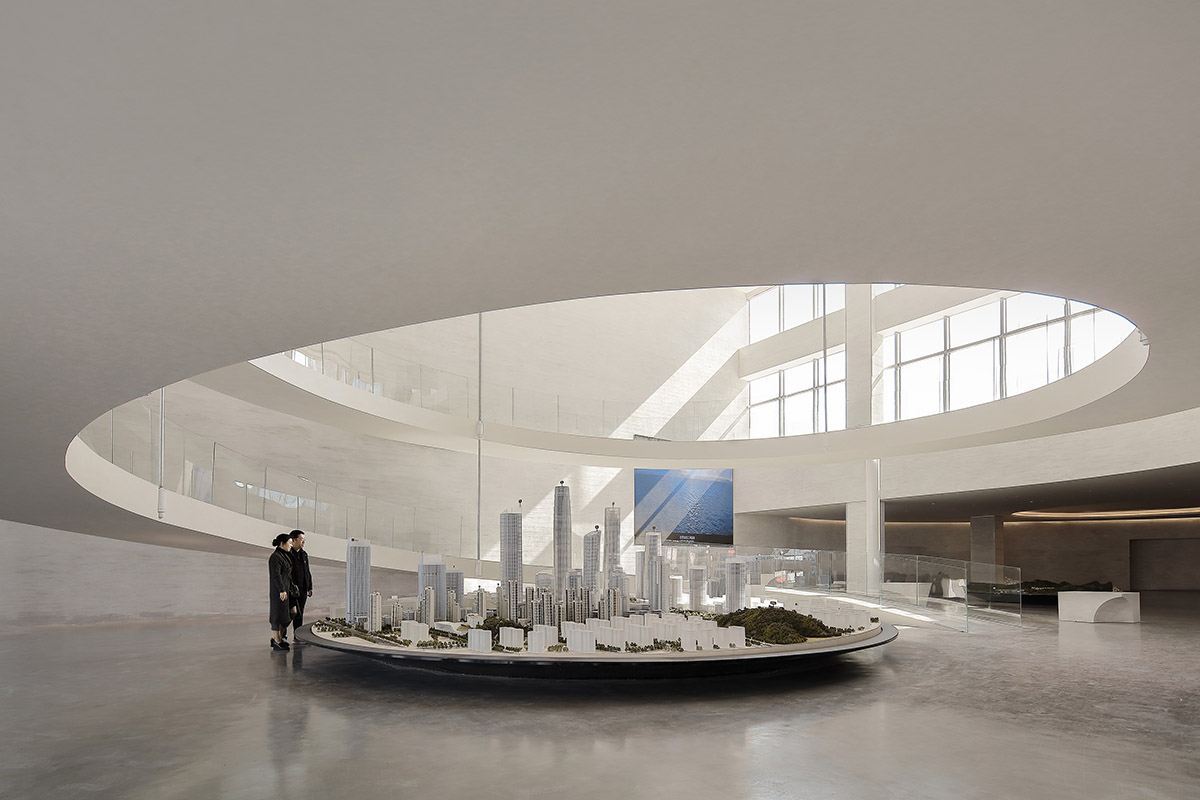
space
red, yellow, and blue; the only true colors
primary colors
